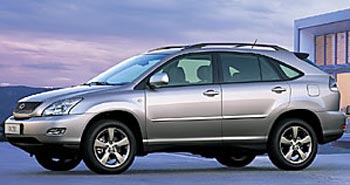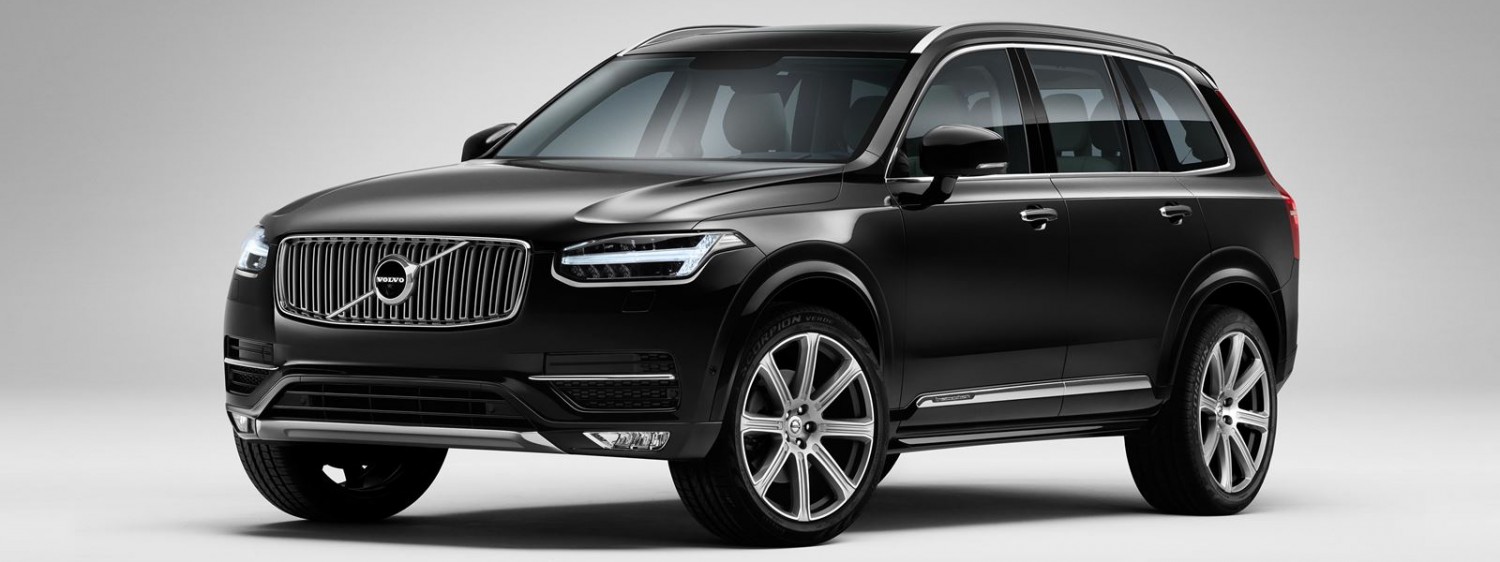 IF you want a new green machine, you have to pay a steep premium. It’s hard sell, but Lexus thinks it can convince enough buyers to move into its new 400h. The 400h is the hybrid version of the RX350 and commands a $10,000 premium over the Sports Luxury petrol RX or a tick under $20,000 for the entry Sports RX.
IF you want a new green machine, you have to pay a steep premium. It’s hard sell, but Lexus thinks it can convince enough buyers to move into its new 400h. The 400h is the hybrid version of the RX350 and commands a $10,000 premium over the Sports Luxury petrol RX or a tick under $20,000 for the entry Sports RX.
So the recommended retail of $94,100 is a fair sting for what is essentially a compact luxury SUV.
Despite the cost drawbacks of wanting to go green Lexus says it has three months worth of orders and figures the 400h will account for about 20 per cent (1500 cars) of the RX volume in Australia next year.
Since it first went on sale in the US in April last year 33,000 have been sold which accounts for 22 per cent of total RX sales.
The 400h is based on the superseded 3.3-litre petrol engine which made way for the 3.5-litre RX350. Lexus says the new engine was unavailable for the world launch last year.
The 400h joins Toyota’s Prius and the Lexus GS450h sedan and Honda Civic hybrid as the list of petrol/electric vehicles grows in Australia.

 Next year Lexus will launch the world’s first petrol/electric V8 hybrid, the LS600hL.
So what are the benefits of having such an SUV wagon?
Lower fuel consumption (8.1litres/100km), reasonable performance and vastly lower emissions (192grams/km) which on Lexus’s figures is about 58 per cent of those of the nearest similar petrol engine.
The hybrid incorporates three electric motors/generators while a compound planetary gear set in the transaxle acts as a power splitting device and electronically controlled continuously variable transmission to drive the front wheels.
The front and rear main electric motors are used for normal starts and when more urge is required the third electric motor fires up the petrol engine which works in tandem with the other two electric motors.
As in existing hybrid cars, the petrol engine switches off when the vehicle stops while the electric motors are ready for starts.
Using the brakes makes the two main electric motors act as generators which help slow the vehicle down and send electric power to the battery.
The Electronic Continously Variable Transmission is the essence of the hybrid which links the two 650-volt electric motor/generators and the petrol engine through the planetary gear set.
Even the air-conditioning can be powered by electricity when the petrol engine is not functioning, as in stopping at traffic lights.
The petrol V6 engine provides 155kW of power and 288Nm of torque while the main front electric motor generates 123kW and 333Nm. The rear electric motor is good for 50kW and 130Nm.
The total system (petrol/electric) puts out 200kW with the petrol component driving the car and driving the third motor/generator to charge the battery.
Lexus claim the 400h gives the luxury arm of Toyota a point of difference in the showroom.
Already the Lexus GS450h powered by a mix of electric power and the 3.5-litre petrol engine is exceeding sales of the diesel BMW 530i and Jaguar S-Type turbo diesel.
Lexus says the 400h has the advantage over diesels in that there is no mess at the bowser and there is no need for particulate filters.
ON THE ROAD
THERE are no compromises with the RX 400h something Lexus knows is vital to the market.
Whereas there are compromises with diesel cars in terms of messy, smelly bowsers and soot filter replacement there is no such baggage with hybrids. About the only known hiccup is battery life.
The 400h uses three electric motors and while there is no hard and fast evidence, Lexus says the life expectancy is more than 10 years.
Lexus is unsure about battery life because it says it hasn’t had to replace one. A replacement battery would be around $3000-$4000 but probably would be an issue for a used buyer.
Inside the three-binnacle display remains except a power meter replace the tacho on the left.
Surprisingly the 400h is a little soft on take off despite the factory claiming 7.6sec for 0-100km/h.
There is not as much launch as one would anticipate particularly as take-off is powered by the electric motors which develop maximum torque at stall.
And if you mash the accelerator everything starts to get a bit noisy, another surprise when Lexus is known for its refinement.
On the drive in suburban Sydney and out to Camden in the south-west, the brake pedal felt a little soft and spongy, perhaps a result of the regenerative set-up of the stoppers.
Once the 400h finds its legs and is up and running all is fine. The rolling performance is as good as any Lexus.
The RX 400h shares a lot of kit with the RX 350 Sports Luxury version like 18-inch alloys, bluetooth, rear view camera and rear guide assist, touch-screen navigation and a fancy 11-speaker Mark Levinson sound system.
What it gains over the RX 350 Sports Luxury is the VDiM (Vehicle Dynamics integrated Management System) which tells the rear electric motor to provide torque to the rear wheels to maintain stability, seat heaters up front, leather steering wheel instead of woodgrain and metallic trim on the shifter and surrounds as well as centre console.
On the 70km launch drive with two up fuel consumption was 8.3-litres/100km from a best just below 8-litres to a touch over 8.5-litres.
But fuel consumption is not the decisive factor in the buying decision. It is only a part of the picture, emissions and a machine which is seen to be a bit mean around town yet remains green is the essence of why people will ante up almost $100,000 for an electrified Lexus. [The Courier-Mail]
